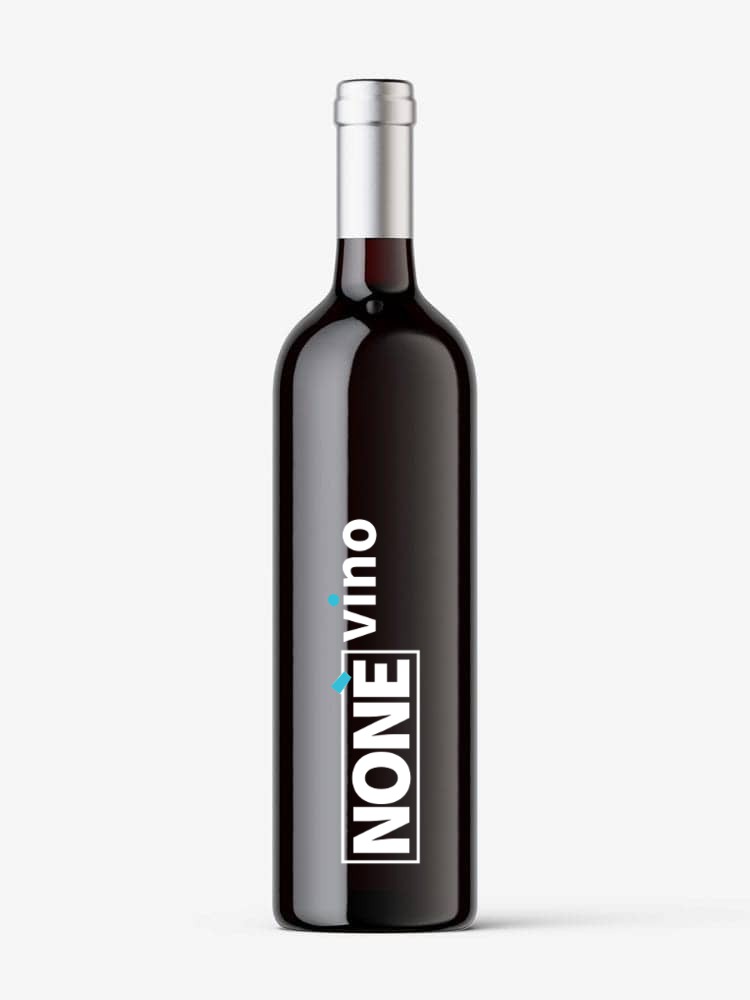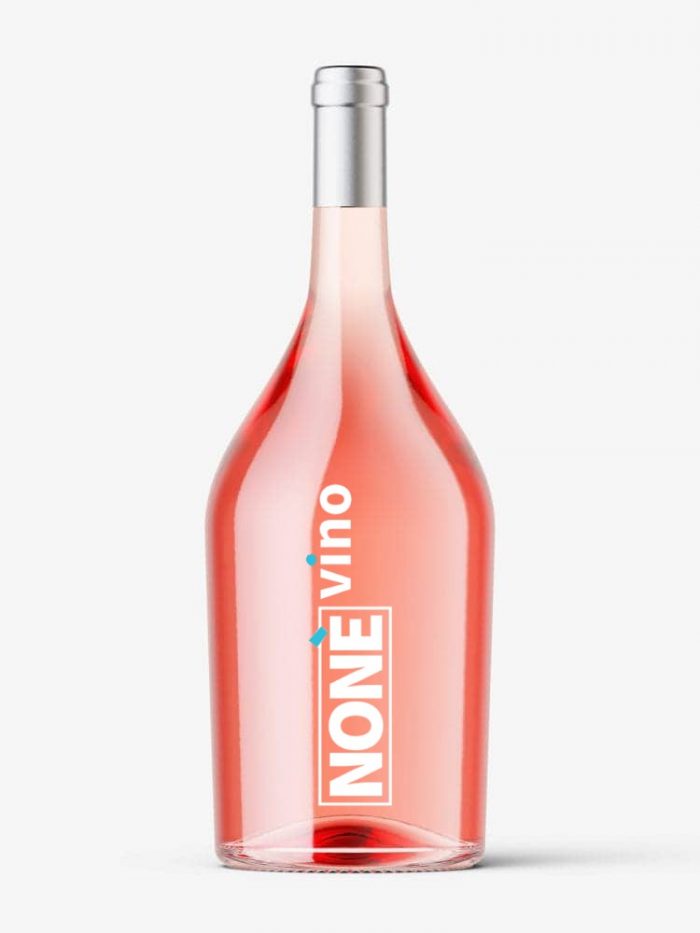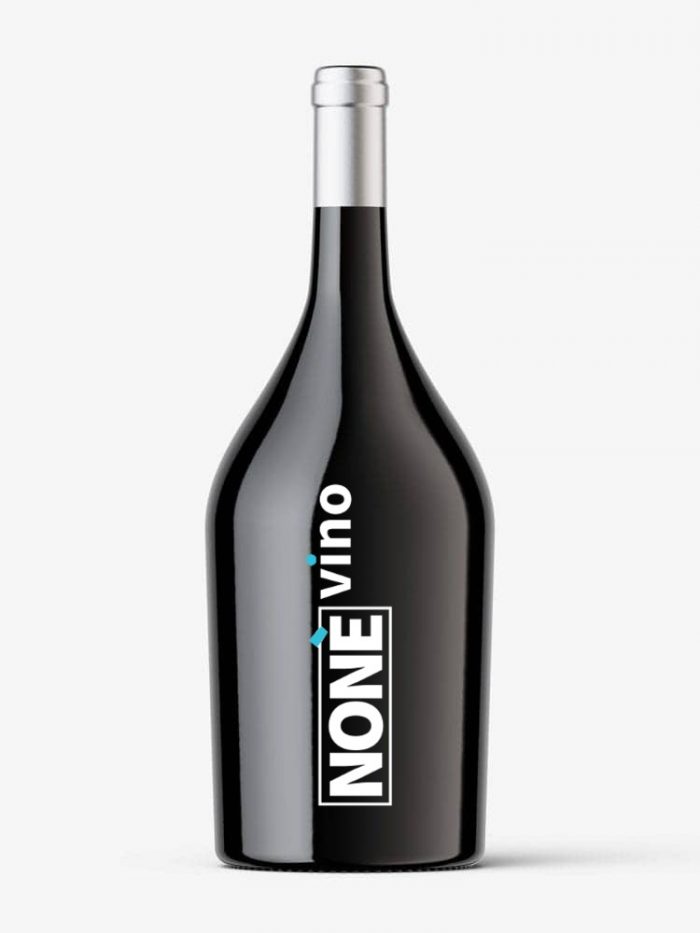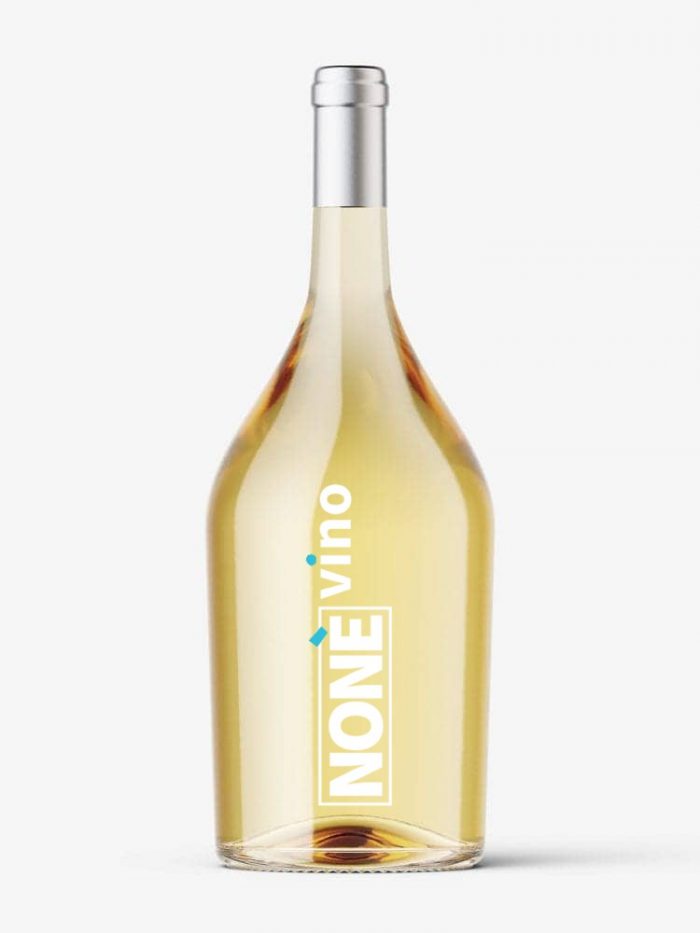The geographical area suited to the production of the DOCG Morellino di Scansano wine extends over the hills of the Central Apennines, between the Ombrone and Albegna rivers, in an area that is adequately ventilated, bright and favorable to the fulfillment of all the vegetative-productive functions of the vineyards .
The Production Area of the Morellino di Scansano DOCG Wine is located in the province of Grosseto and includes the territory of the municipalities of Scansano and, in part, the territory of the municipalities of Manciano, Magliano in Toscana, Grosseto, Campagnatico, Semproniano and Roccalbegna.
During the vinification phases, only loyal and constant oenological practices of the area are allowed, suitable to give the wines their particular quality characteristics.
The oenological practices of vinification of the DOCG Morellino di Scansano wine include, among other things, that:
– The maximum yield of grapes into DOCG Morellino di Scansano wine must not exceed 70%; if these parameters are exceeded within the limit of 5%, the excess will not be entitled to the DOCG. Beyond these limits, the right to DOCG for the whole product lapses.
– The DOCG Morellino di Scansano wine with the mention Riserva must be aged for at least 24 months, of which at least 12 in wooden barrels.
– In the designation of the Morellino di Scansano DOCG wines, the term ” Vigna ” may be mentioned as long as it is followed by the relative toponym and certain winemaking practices are respected.
– On the labels of each type of DOCG Morellino di Scansano wine it is mandatory to report the year of production of the grapes.
The cultivation of vines in Scansano and surrounding areas has very ancient origins, evidence of its presence leads us to the Etruscans, demonstrated by the findings of agricultural tools for pruning and harvesting grapes at the archaeological site of Ghiaccioforte.
In the medieval period, interesting quotes from scholars and researchers highlight the excellence of the pedo-climatic conditions that the Scansanese area offers for the precious cultivation of the vine.
Rulers and feudal lords in the Middle Ages recognized the need to grant, by distinguishing them, lands suitable for this crop, which had particular protection with specific statutory regulations. On the occasion of the subdivisions of feudal and municipal land, the land concessions in areas with a viticultural vocation were explicitly indicated: in the statutes of the Cotton Community, in that of Montorgiali and that of Scansano the rules established for the protection of vines and The grapes were very severe, so much so that they imposed a fine for the owners of animals that caused damage to the vineyards.
The first detailed or scientifically ordered information on the production dates back to 1813, when the ” Maire della Comune di Scansano ” in a letter sent to the Deputy Prefect of the Grosseto district communicated that in the previous year in the Scansano area 5,540 hectoliters of wine were produced in much of superior quality. Luigi Villafranchi-Giorgini in a memoir read in 1847 to the Grossetan Agricultural Society, stated that in the Botanical Garden of Pisa there was a vine trunk five arms high – 2.92 meters – and a circumference of four – 2.36 meters -, coming from “Castagneta Valle”, in the Municipality of Scansano.
In 1884 in a study on the development of agriculture, industry and trade in the province of Grosseto, Giacomo Barabino reports the high quality of the wines of Magliano, Pereta and Scansano.
On 21 December 1884 the ordinary member of the Accademia dei Georgofili Luigi Vannuccini held a conference in Scansano to support the need for a social cellar.In addition, on the subject of historical news on Scansanese viticulture, again Luigi Vannuccini, who in 1887 published a monograph on the “Cultivation of low-stemmed vines with supports with a single spur or fruit-bearing shoot in the Scansanese territory in relation to sapling or cornetto vines without support”.
As a demonstration of the roots of the winemaking tradition in the territory, the “Grape Festival” has been held in Scansano since 1969, celebrations linked to the harvest period, in the dozens of medieval cellars of the town, in turn testimony to the widespread popular custom of production for family consumption and sale.
A publication of the Provincial Inspectorate of Agriculture of Grosseto on “Viticulture Grossetana”, published in 1972, reporting the results of a historical research on the origins and expansion of vines in the hilly areas of the Province, confirms the pre-eminent importance of Scansanese wines. known for over a century for their excellent quality and shelf life.
The DOCG Morellino di Scansano wine obtained the recognition of the Controlled Designation of Origin on January 6, 1978, then DOCG on January 7, 1997.








